Description
Ficaria verna subsp. Chrysocephala (subsp. Majus)
At first glance this celandine looks more like a very early Kingcup. It is bigger and more robust in every aspect than the majority of lesser celandine with large circular leaves held almost a foot high and large golden glistening blooms 2.5cm across.
Wonderful ephemeral magic carpets for the Spring garden, slipping into dormancy by May. The double forms set little seed, but care should be taken to avoid digging through colonies in the dormant season as division of dormant crowns is a very effective means of vegetative propagation.
The raw leaves of Lesser celandine can be quite toxic if ingested, containing the toxin protoanemonin the same toxin as found in the baneberries. As such its planting in North America is prohibited on account of the possible effects on livestock. They are little trouble in the garden, only becoming so when people take the fresh leaves as a herbal remedy. Herbalists have long prescribed them as a cure for hemorrhoids – the common name is pilewort – on account of the supposed resemblance of the roots to piles. (It’s the old doctrine of signatures again). The use of any of the plant undried is not to be recommended.
They have along association with literature, Wordsworth having written poetry to them more than once.

















































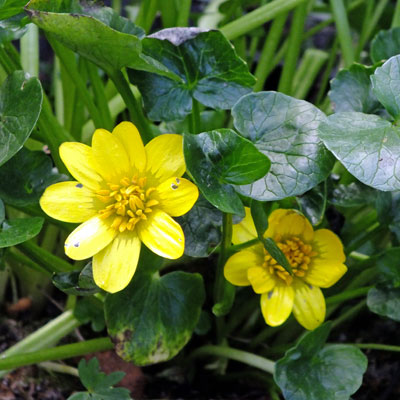
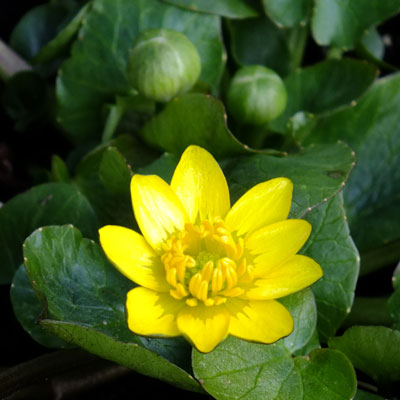
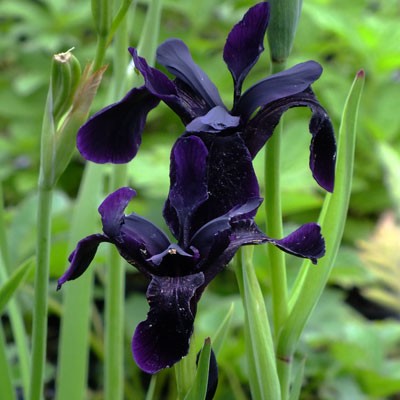
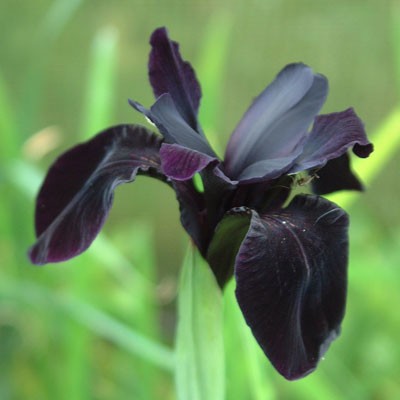
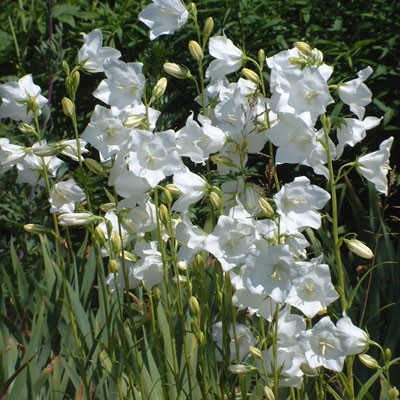
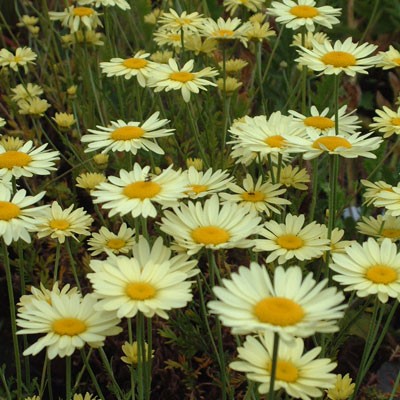
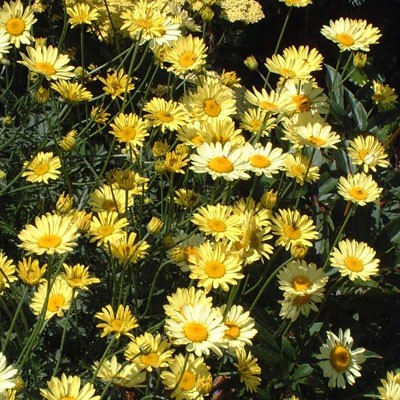
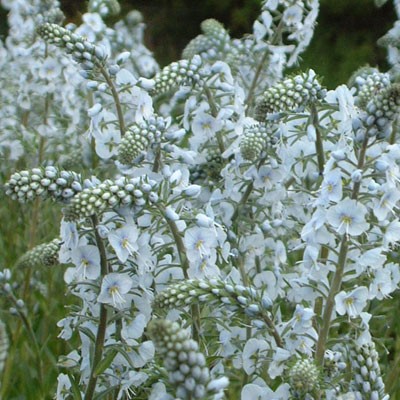

Reviews
There are no reviews yet.